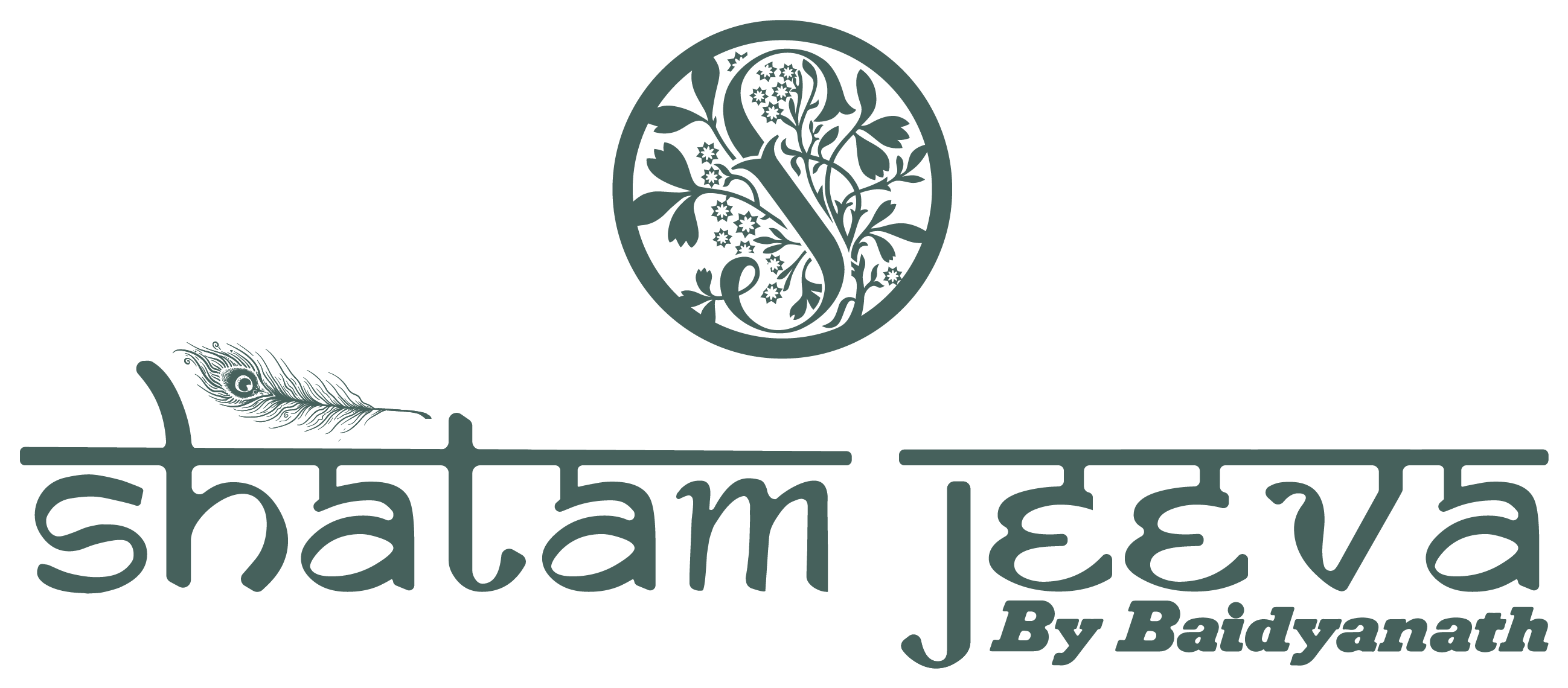5 ELEMENT ENERGY-EFFICIENT ENVIRONMENT TO BALANCE TRIDOSHA AND,
ATTRACTS MANY BENEFITS AND MORE POSITIVE OPPORTUNITIES.
5 ELEMENT ENERGY-EFFICIENT ENVIRONMENT TO BALANCE TRIDOSHA AND, ATTRACTS MANY BENEFITS AND MORE POSITIVE OPPORTUNITIES.
DOSHAS
Doshas are considered to shape the physical body according to a natural constitution established at birth, determined by the constitutions of the parents as well as the time of conception and other factors. This natural constitution represents the healthy norm for a balanced state for a particular individual. The doshas derive their qualities from the five elements: space, air, fire, water and earth.
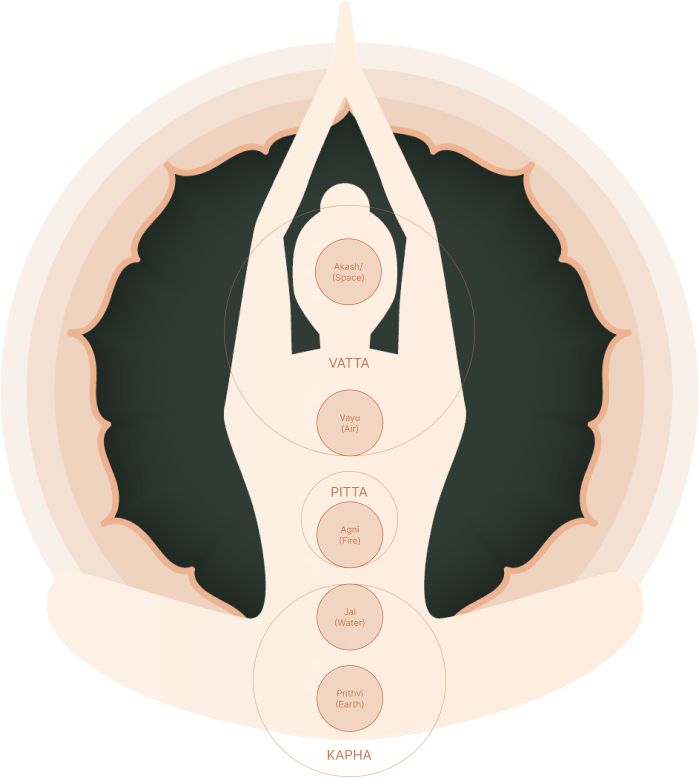
The Ayurvedic theory of doshas describes how bad habits, wrong diet, overwork, etc. may cause relative deficiencies or excesses which cause them to become imbalanced in relation to the natural constitution (prakriti) resulting in a current condition (vikriti) which may potentially lead to disease.
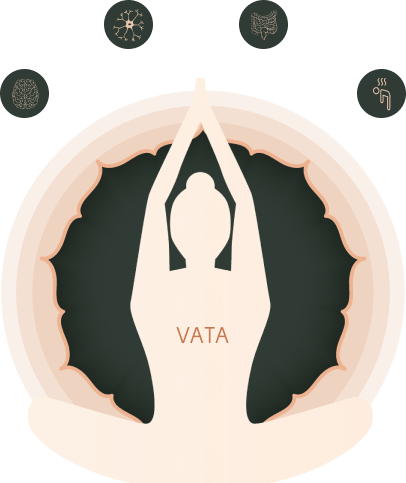
An excess of vata is blamed for mental, nervous, and digestive disorders, including low energy and weakening of all body tissues.
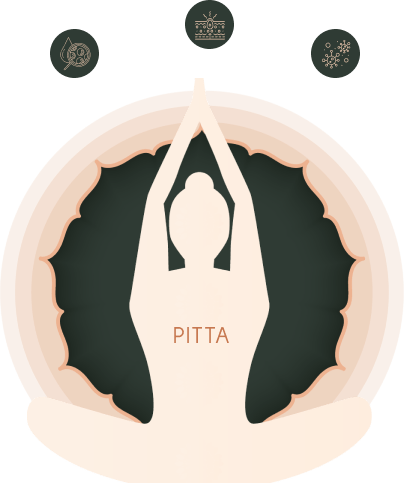
Excess pitta is blamed for blood toxicity, inflammation, and infection.
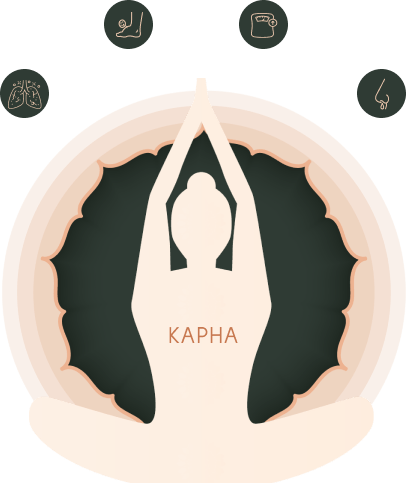
Excess of kapha is blamed for increase in mucus, weight, oedema, and lung disease, etc.
FIVE ELEMENTS
According to Vedic science, when Spirit (Purusha in Sanskrit) takes form as life it is called Prakriti.
PRAKRITI IS MADE UP OF FIVE ELEMENTS FROM FINEST TO GROSSEST:

PRAKRITI IS MADE UP OF FIVE ELEMENTS FROM FINEST TO GROSSEST:

VASTU IS A COSMIC SCIENCE OF BALANCING THESE ELEMENTS IN THE PROPER PROPORTIONS FOR HARMONY. WHEN THESE FIVE ELEMENTS ARE IN THE PROPER PLACE, THEY SUPPORT THE PERSON TO ACHIEVE GREATER SUCCESS IN LIFE.
By evaluating individual habits, emotional responses, pulse, and body type, practitioners of Ayurveda determine their current condition and adapt their practices accordingly, prescribing Ayurvedic treatments focused on alleviating any doshic imbalance (illness) using herbs, lifestyle changes, and practices such as pranayama, meditation, and yoga postures.
The energy associated with the appropriate element can be channelized through various hand mudras.
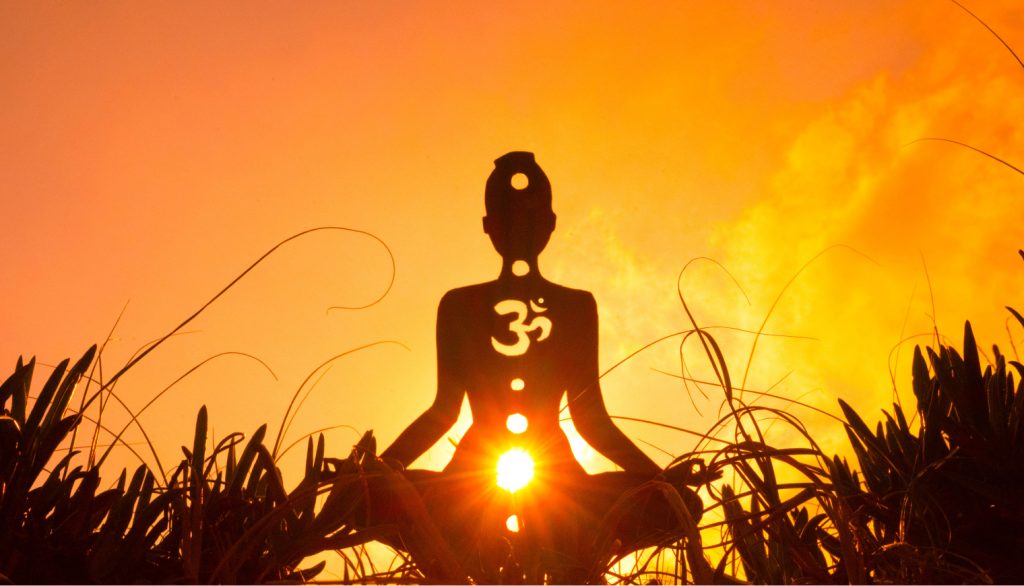
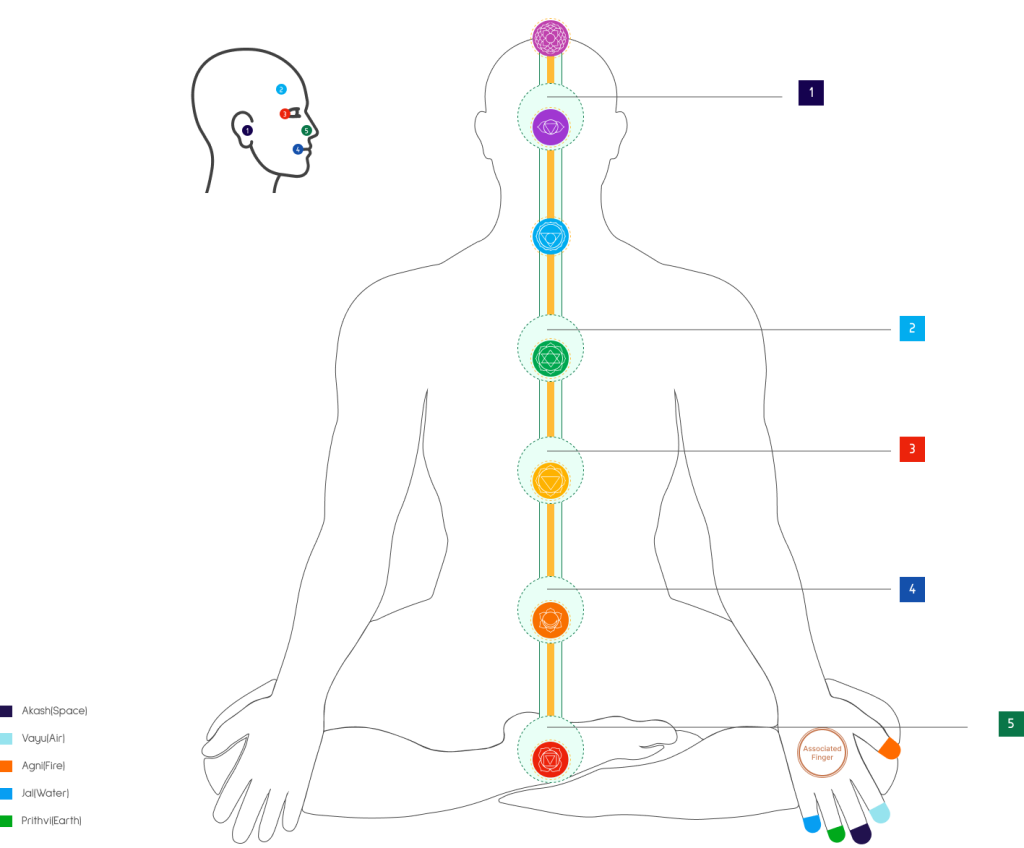
Sahasrara Chakra

Oneness
Ajna Chakra

Knowledge, Intuition, Dignity
Vishuddha Chakra

Trust, Creativity
Anahata Chakra

Compassion
Manipura Chakra

Wisdom, Power
Swadhishthan Chakra

Joy, Well-being
Muladhara Chakra

Stability, Support


Space
(Astral body)

Air

Fire
(Body Heat)

Water
(incl blood)

Earth
(Flesh, bones & organs)


Ears
(Sound)

Skin
Touch

Eyes
(Form-colour (Rupa))

Tongue
(Taste (rasa))

Nose
(Smell)
Prithvi
Physical form corresponds to earth or Prithvi. Anything we can smell contains Prithvi. It is the seat of stability when balanced. Prithvi allows the body to become stable. The earth element is represented by anything made from soil or stone.
Here, at Shatam Jeeva we do mud bath and reflexology to connect you more with prithvi.
 Jal and Prithvi together create the Kapha Dosha.
Jal and Prithvi together create the Kapha Dosha.
Kapha is the watery element. It is a combination of earth and water. It is characterized by heaviness, coldness, tenderness, softness, slowness, lubrication, and the carrier of nutrients. It is the nourishing element of the body. All soft organs are made by Kapha and it plays an important role in the perception of taste together with nourishment and lubrication. Kapha (synonym: śleṣman) is the normal Sanskrit word meaning “phlegm.”
Jal
Fire then animates water or Jal, permitting flux, emotion, cohesion and the sense of taste. Excess Jal will lead to unnecessary emotional and sensory dependence. Its real essence speaks of movement and the flow of life. It invites everyone to move & bend and not to stay rigid or to struggle. Running and flowing water can encourage those who come into contact with it to accept continual change and not to struggle unnecessarily in life. Flowing water can ease tensions and allow the vibrations of the life force to enter us and nourish our aura.
 Drinking water in the morning helps detox the body. At Shatam Jeeva, we try and inculcate
Drinking water in the morning helps detox the body. At Shatam Jeeva, we try and inculcate
healthy habits and discipline.
Agni
Fire comes next and is responsible for heat, desire, motivation and the sense of sight. It allows us to want something, see where we are going as we get it, and digest it once we have it. The stable body and emotions vanquish the struggle of Agni, desire.
 We do havan at Yagyashala to purify the air and for Arogyta. A physical appearance of fire can do for you what the sun itself does for the whole world – it provides you with light and warmth and can serve you as a heat source to cook upon.
We do havan at Yagyashala to purify the air and for Arogyta. A physical appearance of fire can do for you what the sun itself does for the whole world – it provides you with light and warmth and can serve you as a heat source to cook upon.
It is also an impulsive and dangerous element, that can smolder and suddenly burst. Fire can give wings of courage, compassion and, also devotion.
It is seen as the force burning inside us, giving us iron willpower to go for our goals, bestowing upon us the passion for doing it with all of yourself, resulting in the honor and freedom to do it without backstabbing and with an open face.
Fire is the transformer, converting the energy of other objects into other forms: heat, light, ash, and smoke. The Buddha defined the Fire element as “that by which one is warmed, ages, and is consumed, and that by which what is eaten … gets completely digested.” In other words, the Fire element within is metabolism. It’s our energy.
Agni allows for transformation and Agni dominates the Pitta dosha.
Pitta represents metabolism; It is characterized by heat, moistness, liquidity, and sharpness and sourness. Its chief quality is heat. It is the energy principle which uses bile to direct digestion and enhance metabolism. Unbalanced pitta is primarily characterized by body heat or a burning sensation and redness. Pitta is the normal Sanskrit word meaning “bile.” It is etymologically related to the Sanskrit word pīta “yellow.”
Vayu
Akash animates Vayu or air, which allows for movement and thought, and it connects us to the sense of touch and the all-important breath. With deep breathing, Vayu, we connect to present moment.
Forest Bathing at Shatam Jeeva
 Akash and Vayu combine to form the Vata dosha in Ayurveda.
Akash and Vayu combine to form the Vata dosha in Ayurveda.
Vāta or Vata is characterized by the properties of dry, cold, light, minute, and movement. All movement in the body is due to properties of vata. Pain is the characteristic feature of deranged vata. Some of the diseases connected to unbalanced vata are flatulence, gout, rheumatism, etc. Vāta is the normal Sanskrit word meaning “air, wind,” and was so understood in pre-modern Sanskrit treatises on Ayurveda. Some modern interpreters prefer not to translate Vata as air, but rather to equated it with a modern metabolic process or substance.
Akash
As Spirit takes form it passes first through space or Akash. The Akash element corresponds to awareness itself. It is the layer beyond the other four gross elements and is responsible for the transmission of sound, including mantra. It is the home of potential and possibility. Finally, experiencing the Akashic realm, one rests in his true nature. The Yogic Masters tell us that God-consciousness is beyond all of it.
 Merely by being in the natural surroundings.
Merely by being in the natural surroundings.
Mantra Chanting, Conch blowing, acoustics etc.
